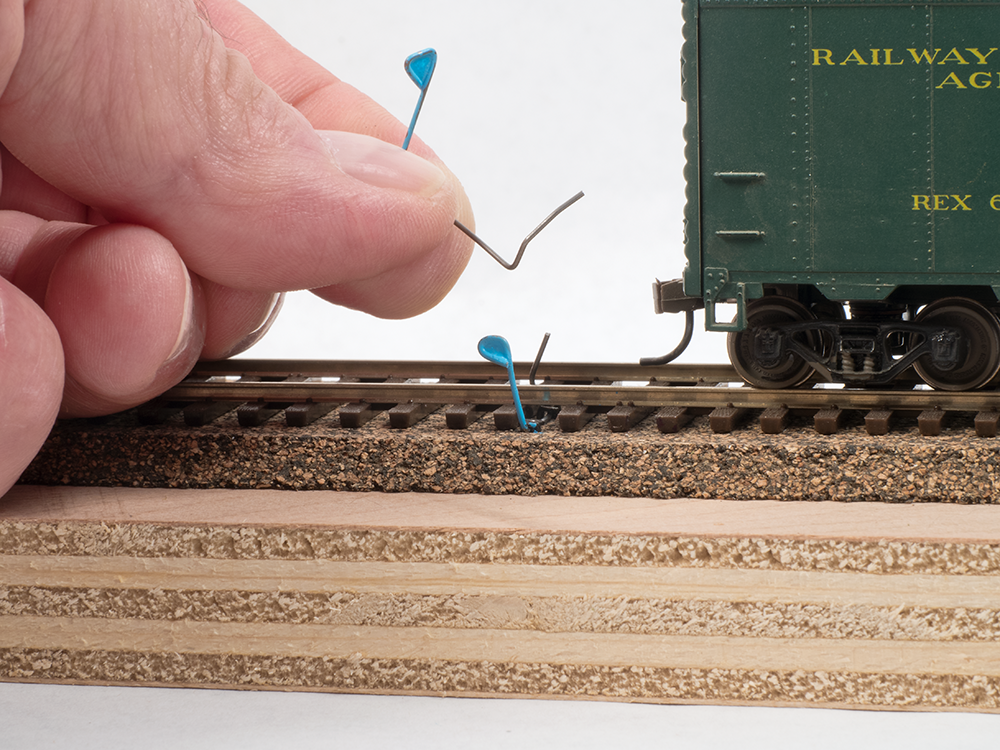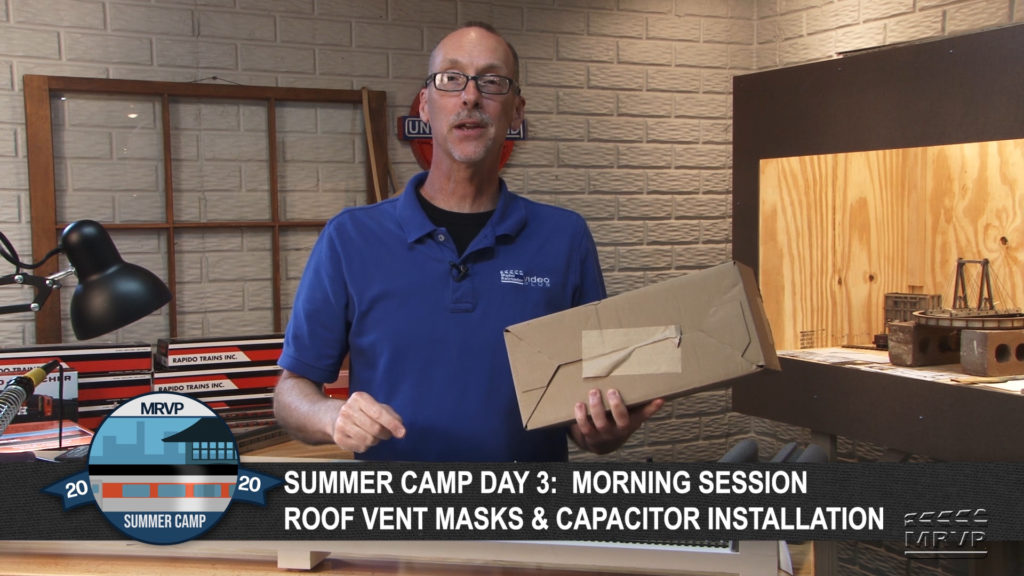
A care package has arrived at camp, so David has plenty to keep him busy in this session! With parts now in-hand, our Camp Director leads us through the steps for installing a capacitor pack in his HO scale Rapido RS-11 diesel locomotive. […]
Read More…
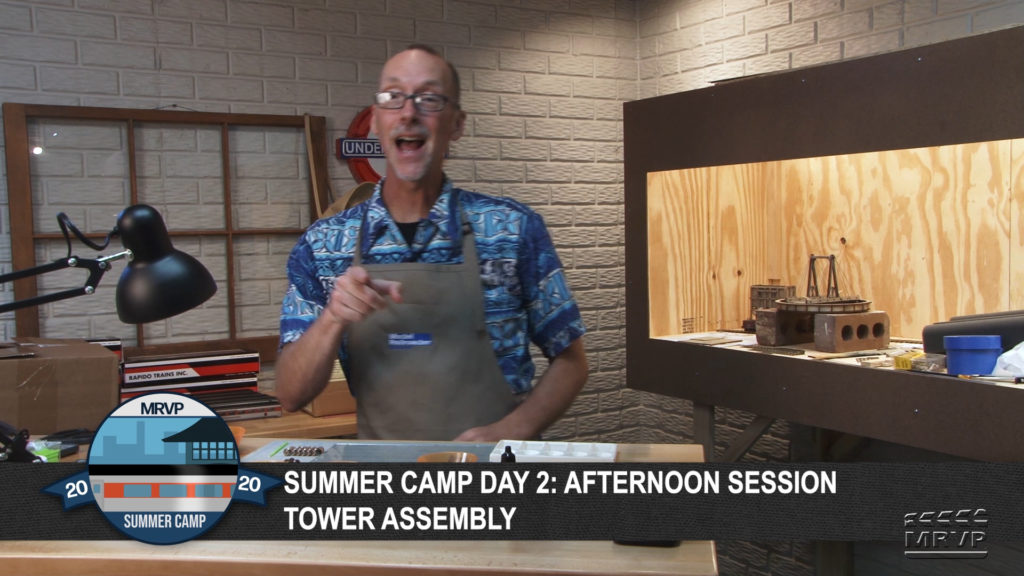
After allowing the paint to dry from the Day 2 morning session, Camp Director David Popp inspects the progress on his passenger car project. But no time to park on the trail, especially when he’s got a laser-cut wood tower kit to build. That new project starts here…only on MRVideoPlus.com! […]
Read More…
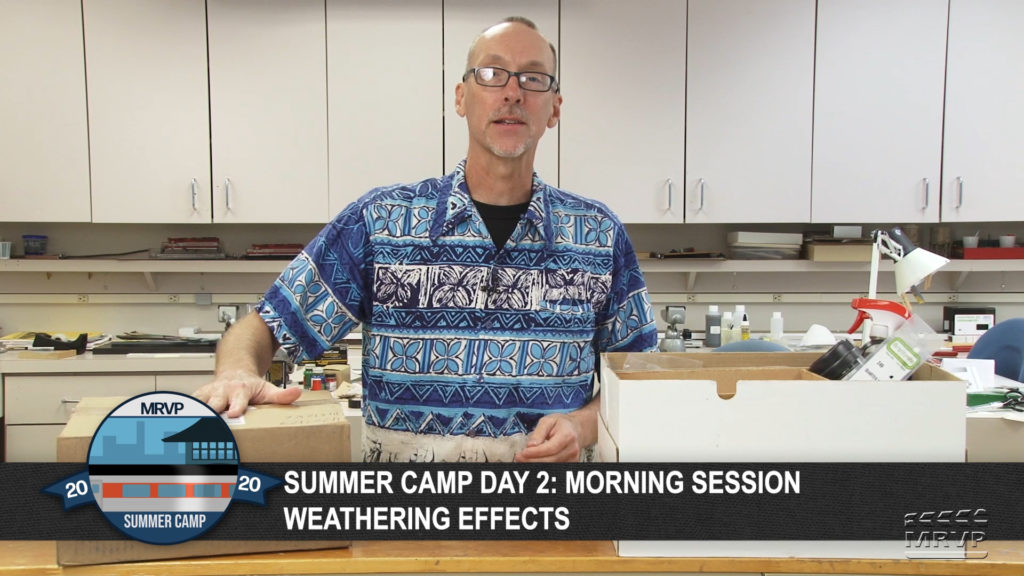
In this episode, Camp Director David Popp gets his hands and several passenger cars good n’ grimy! Join the fun as he shares various airbrushing techniques for applying rusty, dirty, and grimy weathering effects appropriate for a streamlined passenger fleet. […]
Read More…
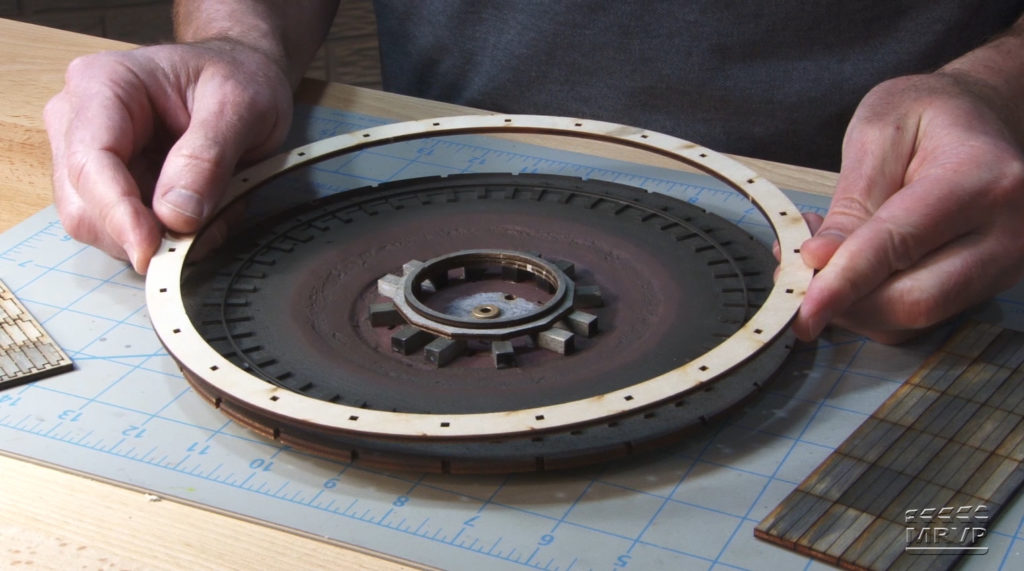
With the pit base of the O scale laser-cut wood turntable kit now assembled, David jumps to the task of installing the ring rail and outer wall. […]
Read More…
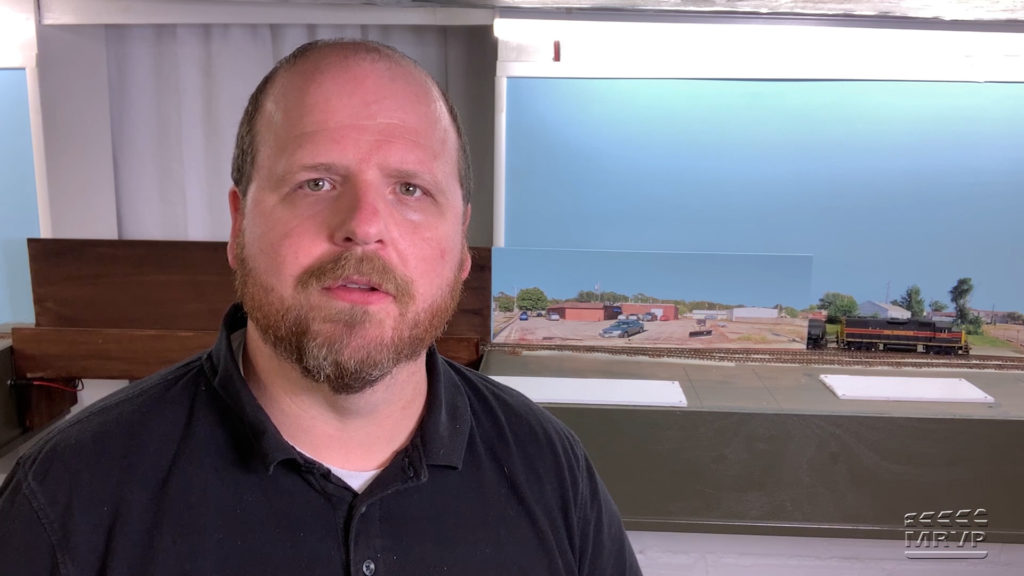
In this episode James McNab shares his techniques for using backdrops, fascias, and visual blocks. See how these features control the viewing angles and make the HO scale Hills Line, or any other layout, appear much larger than it actually is! […]
Read More…
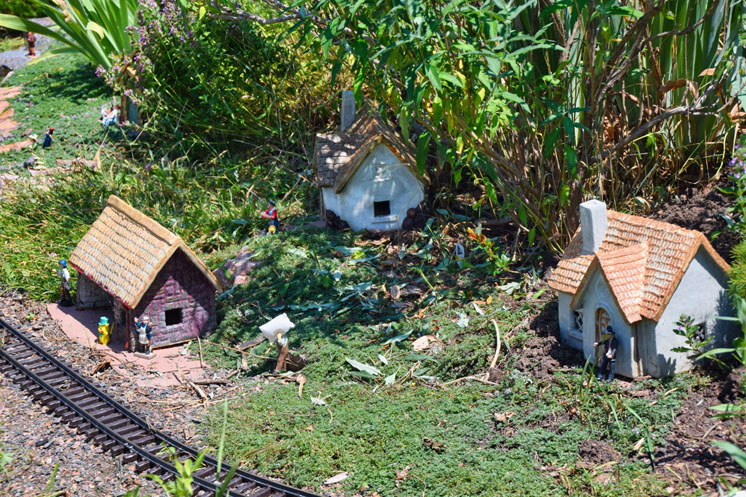
We’ve kept close to home since quarantine and social distancing guidelines have been issued. Club meetings have been canceled; events and open houses have been put on hold. Our hearts go out to anyone affected by COVID-19. Time at home has spawned creative moments, though. I’ve refurbished structures, maintained locomotives and rolling stock, and looked […]
Read More…
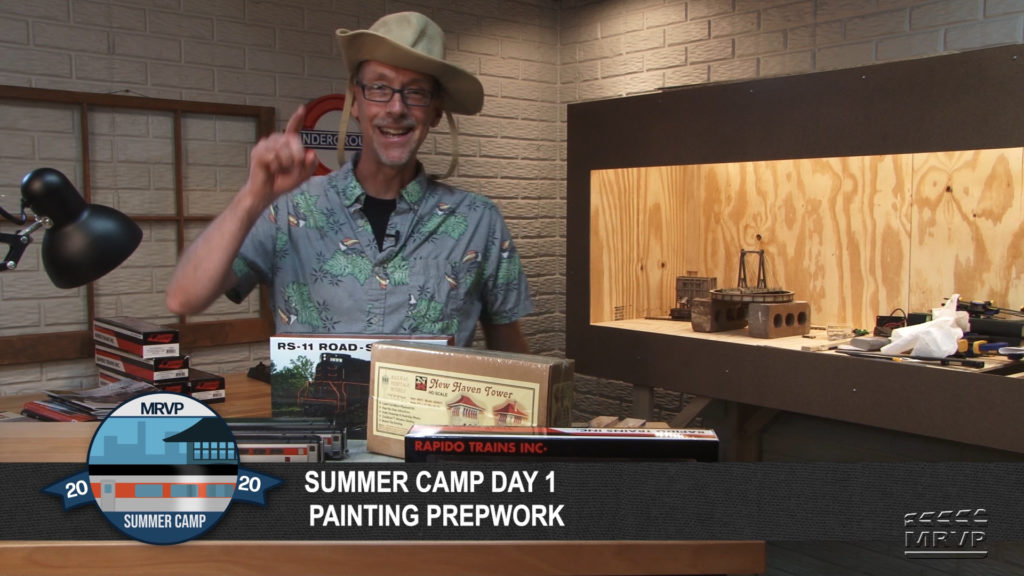
Welcome campers! Two fun-filled weeks of Summer Camp 2020 have begun. This week and next, David Popp will be your Camp Director guiding you through various all-scale modeling efforts covering structure-building, detailing, painting, weathering, and more. Get your permission slip submitted so you can join the Day One painting prep activities exclusively on MRVideoPlus.com! […]
Read More…
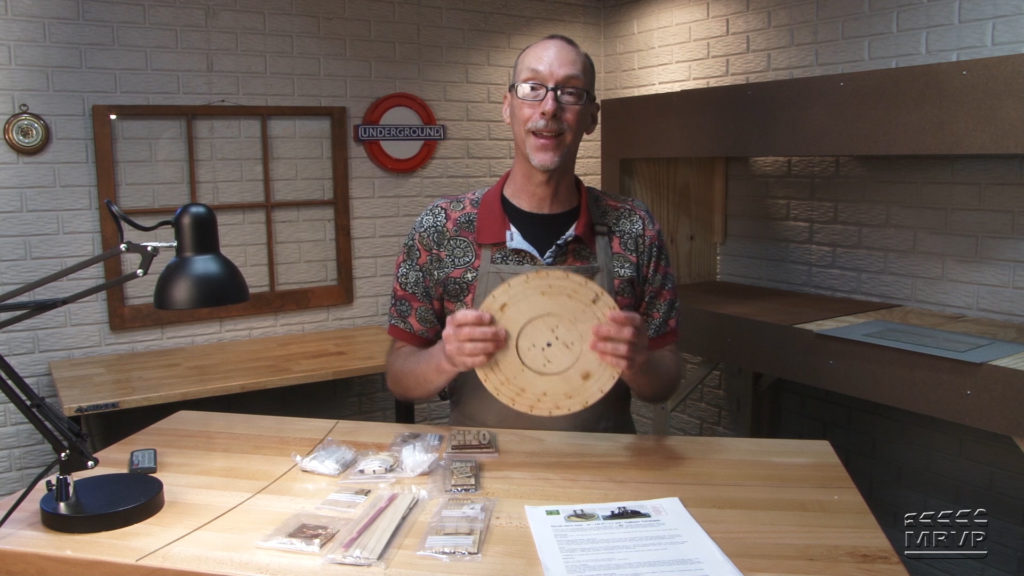
Narrow gauge (On30) modeler David Popp steps aspiring structure builders through the process of assembling a laser-cut wood turntable kit. From assessing the components to adding fine details, David shares how easy it is to build and finish an essential structure for his rustic, Olympia & Sand Creek railroad. This how-to, modeling mini-series starts with […]
Read More…
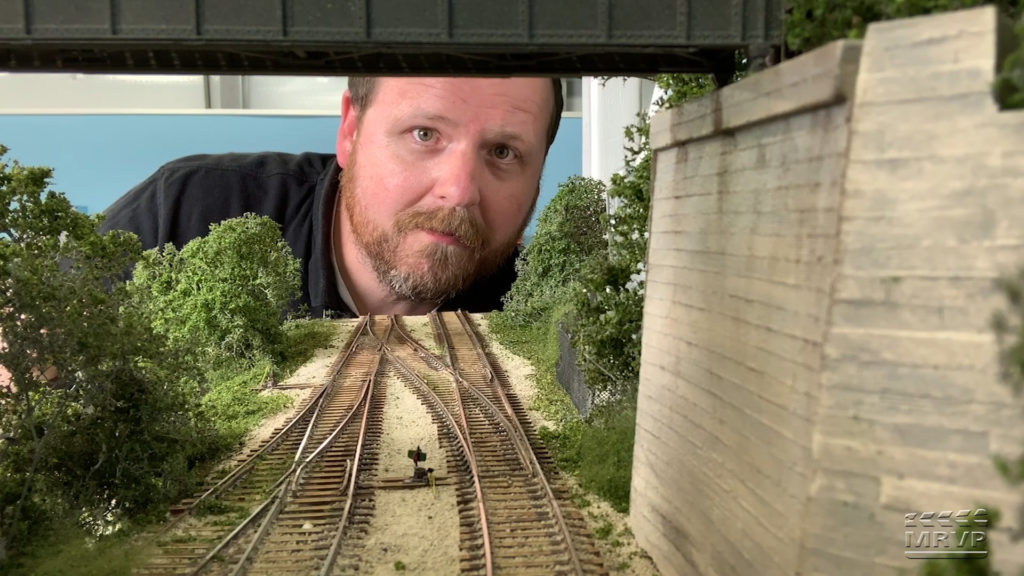
James McNab, our newest Contributing Editor, shows viewers that trackwork can be realistically enhanced like any other model on a layout. In this case, James reveals helpful insights for detailing and painting track on his HO scale Hills Line. […]
Read More…
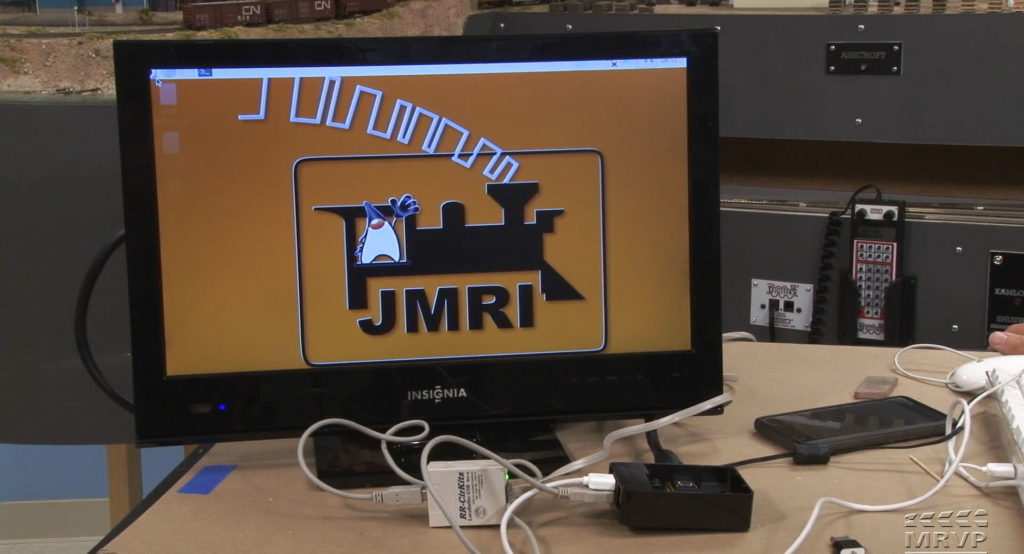
The JMRI signaling series continues with MRVP’s Ben Lake taking a closer look at the Layout Editor tool within PanelPro software. On the Canadian Canyons N scale layout, Ben shares his process and insights for using Layout Editor to link various components (turnouts, track segments, etc.) of a signaling system. […]
Read More…
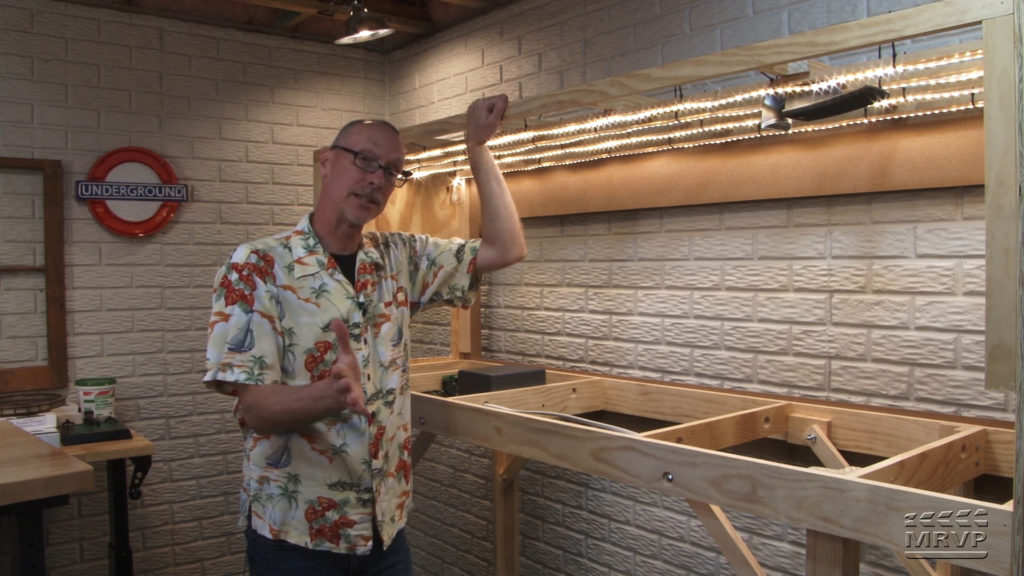
For this July episode of MRVP Underground, host David Popp is on the task of stringing new LED rope lighting over his Olympia Logging Co. On30 layout. Plus, you’ll also see how simple it is to add a stelllar sound system to complement the layout’s light show! […]
Read More…










